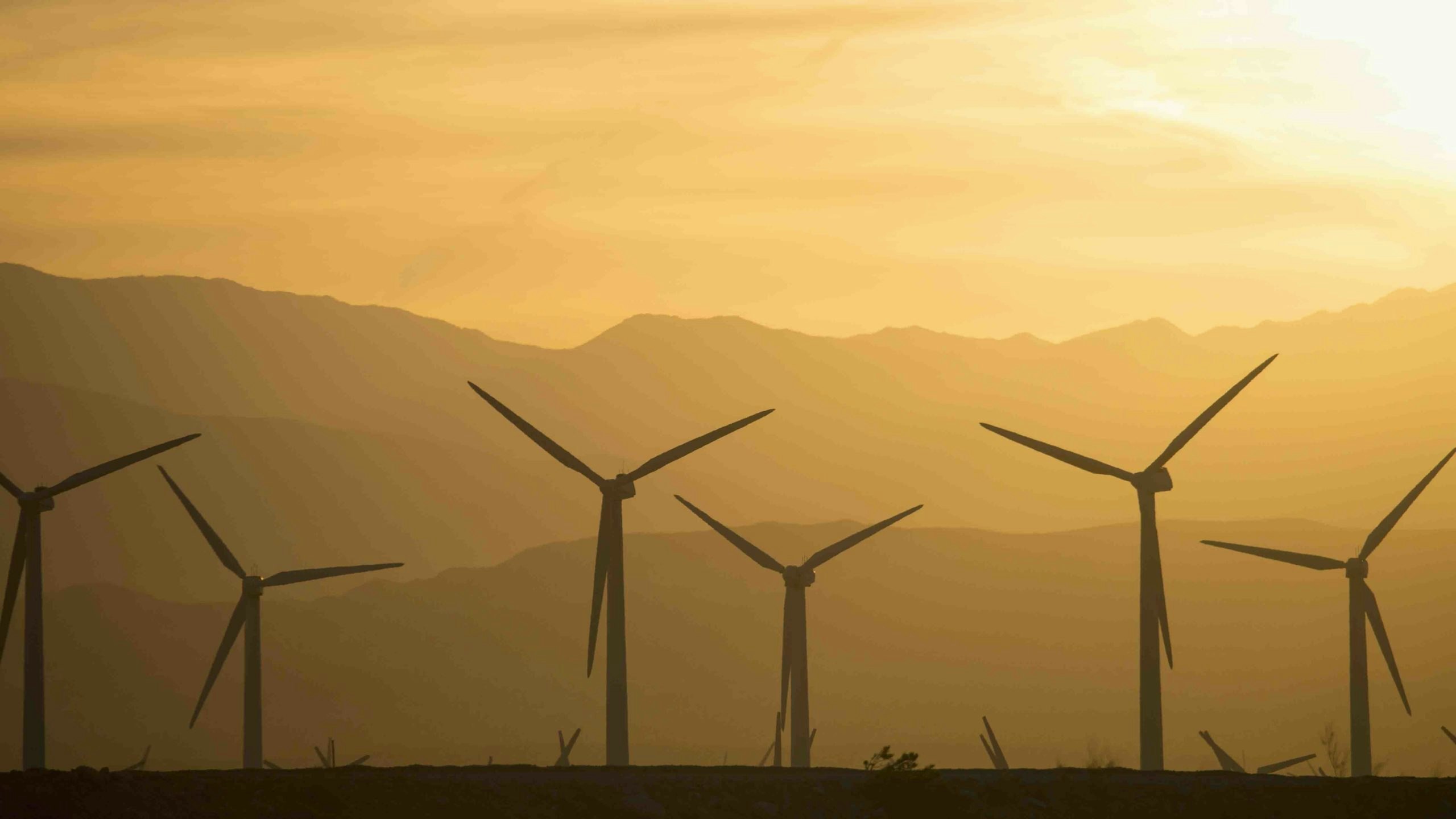By Kevin Killough, guest column
During the heat waves this summer, Californians found themselves roasting in the dark when rolling blackouts left hundreds of thousands of residents without power.
While the causes continue to be debated, some energy experts believe the state’s decade-long efforts to replace coal, nuclear and gas-powered plants with solar and wind was the main culprit.
As air conditioners sucked up power, there wasn’t enough wind or sunshine to power California’s wind and solar plants, nor was there enough energy from fossil fuel and nuclear plants to fill the void.
While California’s renewable energy program has been especially ambitious, there’s a nationwide push toward wind and solar.
Hoping to tap into this demand and diversify Wyoming’s economy, wind and solar projects have been springing up here in the state. Park County recently approved special use permits for two proposed 20-megawatt solar facilities southwest of Frannie.
Renewable energy proponents are quick to point out how the price of wind and solar has become so low that it can now compete on the market with coal and natural gas.
Yet, 84% of the world’s energy still comes from fossil fuels — down from 87% two decades ago — and 2% comes from wind and solar. If energy from renewables is so cheap, why isn’t it dominating the market?
Here’s the argument against renewables. When the wind stops blowing and the sun stops shining, these technologies produce exactly zero megawatts. Typically, wind and solar plants, averaged over a year, produce energy less than 30% of the time. For comparison, a nuclear plant produces power over 90% of the time.
Intermittent electricity from wind and solar requires reliable backup to provide power when demand exceeds supply, a situation faced on a regular basis with renewables.
Most often that means tapping into coal, nuclear, and natural gas plants. Renewable energy proponents argue that we can close those down and rely on massive battery storage to store up energy during times when there’s too much wind and sun, so that it can be used when there’s not enough. This is where the positive economics of wind and solar collapse.
Tesla’s Gigafactory, which is the world’s largest battery factory, stores up enough energy to supply the U.S. with enough power for about three minutes. Compare that to the nation’s oil reserves, which would meet demand for about two months.
The total cost to store a barrel of oil or equivalent of natural gas for two months is less than $1. Storing the barrel-equivalent in coal is even cheaper. To store the same amount with batteries is roughly $200. This is why barges crossing the ocean are transporting barrels of oil rather than batteries full of stored solar energy from the Sahara Desert. Battery storage just isn’t economical.
Renewable energy proponents argue that the industry is constantly innovating — “If we can put a man on the moon …,” they say. But here’s reasons to be skeptical. Those 10-fold increases in efficiency that wind and solar have seen in the past couple decades are running up against the limits of physics, which means future increases are projected to be much smaller.
Expecting more is a lot like insisting we can visit other galaxies with rocket-powered ships. Rockets will never achieve the faster than light speeds necessary for intergalactic travel, and no amount of government subsidies will ever change that.
In a 2019 report, Mark P. Mills, a faculty fellow at Northwestern University and a senior fellow at the Manhattan Institute, outlined what it would take to replace the U.S. grid with non-hydrocarbon electricity by 2050, as many targets aspire to do.
The U.S. grid construction program would have to be 14 times larger than the grid build-out rate that has taken place over the past 50 years, and that wouldn’t include non-electric sectors — such as the combines that harvest crops.
“Transforming the energy economy is not like putting a few people on the moon a few times. It is like putting all of humanity on the moon — permanently,” Mills wrote in the report.
This is not to dismiss wind and solar altogether. No one can predict future technologies.
If we develop a superconductor that works at room temperature, for example, we would indeed have batteries more efficient than barrels of oil. At that point, wind and solar as replacements for fossil fuels and nuclear would become entirely possible.
Until a super efficient storage system becomes a reality, Wyoming might not want to expect wind and solar to provide long-term economic diversification.





